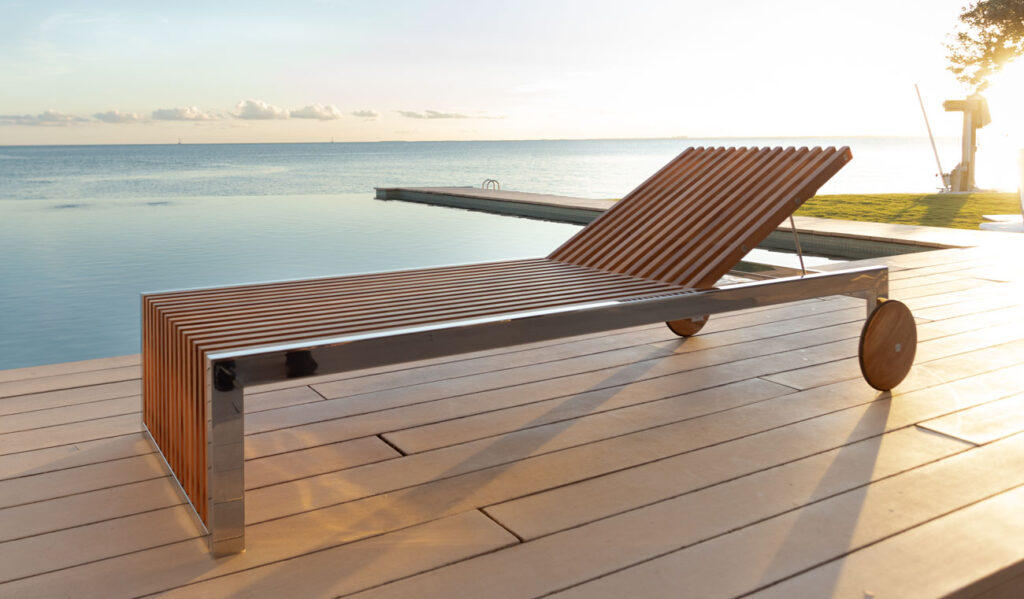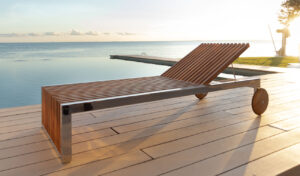Innovation is a path of continuous discovery. It requires skill and inspiration. Yet there are certain universal traits common to great design. You see them again and again in the greatest works of architecture, furniture design, interior design, and art. Furniture design surely is pragmatic. The pieces must be considered in terms of how they will be used, by whom, and in what environments. Still a designer must decide among several directions, and a handful of principles guides in these choices. Here are the elements put to use in creating any beautiful design experience.
Line
From the outermost silhouette to the most intricate angles, the lines of a piece reveal its character. The entire sense of its purpose and energy are conveyed in the dimensional lines that enclose its area and move a person’s eyes. Lines can subliminally invite one in or push them in a direction. Lines suggest movement and create focal points. They can repeat in luxurious patterns, or move in astonishing surprises. The power of the line cannot be understated.
Color
A fantastic tool for affecting the mood of a piece, color instantly imparts feeling. From the coded meanings we universally ascribe to colors to they way they interplay, so much can be said with a thoughtful palette. Monochrome shades of white, black and grey can be endlessly varied to stirring affect.
Material
A composition changes altogether when it is composed of different elements. Some material choices must be practical, while others may be able to be frivolous. The key is to pair any given design with a material that rhymes with its purpose, character, and the emotion one desires to inspire. The right materials are those that harmonize together as well as with their environment to effortlessly give off gorgeous energy.
Texture
The touch of a piece is essential to delivering a feel of luxury. Texture creates comfort and is deeply related to how connected we become to a piece. Its warmth. Its soul. Texture can be dynamic and visually appealing, especially in combination with colors. It lends depth as well. Consider your favorite objects and sure their tactile nature correlates somehow with your appreciation of them.
Scale
The space in which we encounter a pieces affects our perception of it as much as how we fit the scale of the piece. Think of negative space when styling any environment. Consider how it will relate to the other fixtures in the area and to those who will frequent the setting. Scale enhances our admiration for a design, yet less is often more.



